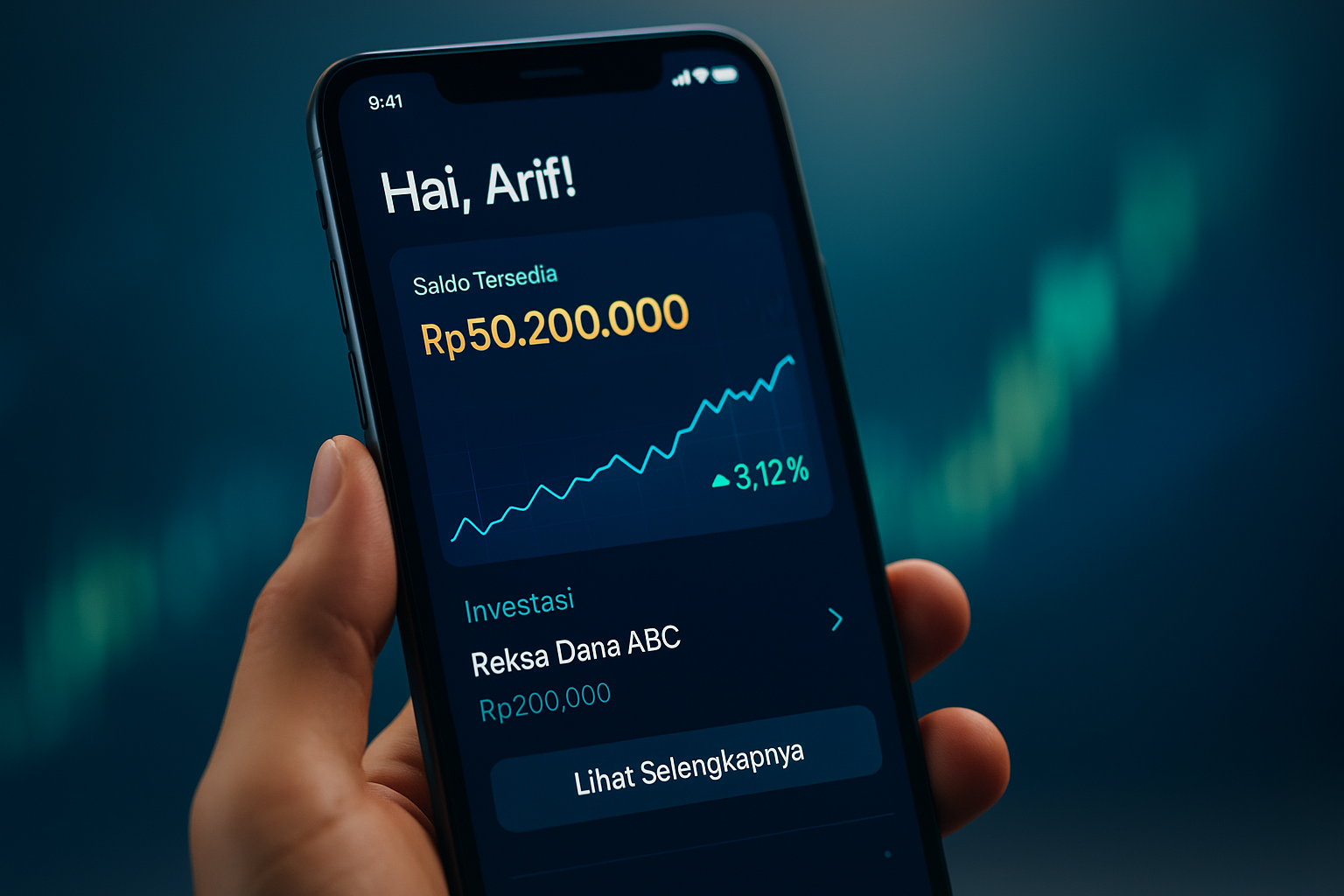In today’s competitive financial landscape, digital banks are constantly seeking ways to differentiate themselves and build lasting relationships with their customers. One of the most effective strategies for achieving these goals is personalization. By leveraging data and technology to tailor experiences to individual needs and preferences, digital banks can create a more engaging, relevant, and valuable customer journey.
The Rise of Personalization in Banking
The demand for personalized experiences is not unique to the banking sector. Across industries, consumers have come to expect brands to understand their needs and provide tailored solutions. This expectation is driven by the prevalence of personalization in other areas of their lives, such as e-commerce, streaming services, and social media. Digital banks, in particular, are well-positioned to deliver personalized experiences due to their reliance on data and technology. Unlike traditional brick-and-mortar banks, digital banks have access to a wealth of customer data, including transaction history, online behavior, and demographic information. This data can be used to create personalized offers, recommendations, and communications.
Benefits of Personalization for Digital Banks
Personalization offers a wide range of benefits for digital banks, including:
Increased Customer Engagement
Personalized experiences are more engaging than generic ones. By tailoring content and offers to individual needs, digital banks can capture customers’ attention and keep them coming back for more. For example, a digital bank could send a personalized email to a customer who recently made a large purchase, offering them a low-interest loan to help them manage their finances. Or, a digital bank could provide personalized financial advice based on a customer’s spending habits and financial goals.
Improved Customer Retention
Customers are more likely to stay loyal to brands that understand their needs and provide personalized service. By creating a sense of connection and value, digital banks can reduce churn and build long-term relationships. One key aspect is understanding customer’s specific financial goals. For example, **personalized financial product recommendations** become invaluable when a bank identifies a customer’s desire to save for a down payment on a house. Similarly, providing tools and resources tailored to their saving timeline enhances their engagement and increases the likelihood of retention.
Enhanced Customer Satisfaction
Personalization can significantly improve customer satisfaction by making banking more convenient, efficient, and enjoyable. By anticipating customer needs and providing proactive solutions, digital banks can create a positive and memorable experience. For instance, a digital bank could use location data to alert a customer when they are near an ATM or offer personalized assistance when they are struggling to complete a transaction. Analyzing **behavioral banking personalization** can provide insights into friction points and proactively offer solutions that boost customer satisfaction.
Increased Revenue
Personalization can also drive revenue growth by increasing sales, cross-selling, and upselling opportunities. By recommending relevant products and services based on individual needs, digital banks can boost their bottom line. For example, if a customer consistently transfers money internationally, the bank could offer a specialized international transfer account with lower fees. Or, if a customer has a high credit score, the bank could offer them a premium credit card with enhanced rewards.
Strategies for Effective Personalization
To implement effective personalization, digital banks need to adopt a data-driven approach and leverage the right technologies. Here are some key strategies:
Data Collection and Analysis
The foundation of personalization is data. Digital banks need to collect and analyze data from various sources, including transaction history, online behavior, demographic information, and customer feedback. This data should be used to create a comprehensive view of each customer and their needs. Employing **AI-driven personalization in banking** can streamline the process of analyzing vast amounts of customer data to identify patterns and preferences. Sophisticated AI algorithms can predict future needs, providing banks with the ability to offer proactive and relevant solutions.
Segmentation
Once data has been collected and analyzed, digital banks can segment their customers into different groups based on shared characteristics. This allows them to tailor their marketing messages and offers to specific segments. For instance, millennials might be more interested in mobile banking features and rewards programs, while older customers might be more interested in retirement planning services.
Personalized Communication
Personalized communication is essential for building relationships with customers. Digital banks should use personalized emails, SMS messages, and in-app notifications to communicate with customers in a relevant and timely manner. These communications should be tailored to individual needs and preferences. For example, a digital bank could send a personalized welcome email to new customers, offering them a tour of the app and highlighting key features. Considering **hyper-personalization in digital banking**, communications can become even more granular, tailoring messages to trigger points based on real-time customer actions. This level of personalization ensures that every interaction feels relevant and valuable.
Personalized Offers and Recommendations
Personalized offers and recommendations are a powerful way to drive sales and increase customer engagement. Digital banks should use data to recommend relevant products and services to individual customers. These recommendations should be based on customer needs, preferences, and past behavior. Furthermore, **personalized customer journeys in banking** can be optimized by identifying key touchpoints where tailored offers and recommendations can be most impactful.
Challenges and Considerations
While personalization offers many benefits, digital banks need to be aware of the challenges and considerations involved in implementing it. One key challenge is data privacy. Customers are increasingly concerned about how their data is being used, and digital banks need to be transparent about their data collection and usage practices. Additionally, digital banks need to ensure that their personalization efforts are not perceived as intrusive or creepy. It’s a delicate balance between providing value and invading privacy. It’s crucial to obtain explicit consent from customers before collecting and using their data for personalization purposes. Finally, digital banks need to continuously monitor and optimize their personalization efforts to ensure that they are delivering the desired results. The bank must always be compliant with data privacy laws and regulations. Furthermore, focusing on **the role of personalization in fraud prevention in digital banking** is critical. Personalized alerts about unusual transactions and tailored security measures can greatly enhance fraud detection and prevention, offering peace of mind to customers.
The Future of Personalization in Digital Banking
The future of personalization in digital banking is bright. As technology continues to evolve, digital banks will have even more opportunities to personalize the customer experience. For example, artificial intelligence (AI) and machine learning (ML) can be used to create even more sophisticated personalization algorithms. These algorithms can analyze vast amounts of data to identify patterns and predict customer behavior. Additionally, virtual reality (VR) and augmented reality (AR) can be used to create immersive and personalized banking experiences. This could involve providing personalized financial advice in a virtual environment or allowing customers to visualize their financial goals in augmented reality.
In conclusion, personalization is a critical strategy for digital banks that want to thrive in today’s competitive market. By leveraging data and technology to tailor experiences to individual needs and preferences, digital banks can increase customer engagement, improve customer retention, enhance customer satisfaction, and drive revenue growth. While there are challenges and considerations involved in implementing personalization, the benefits far outweigh the risks. As technology continues to evolve, personalization will become even more important for digital banks.








